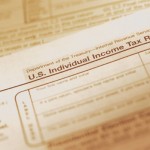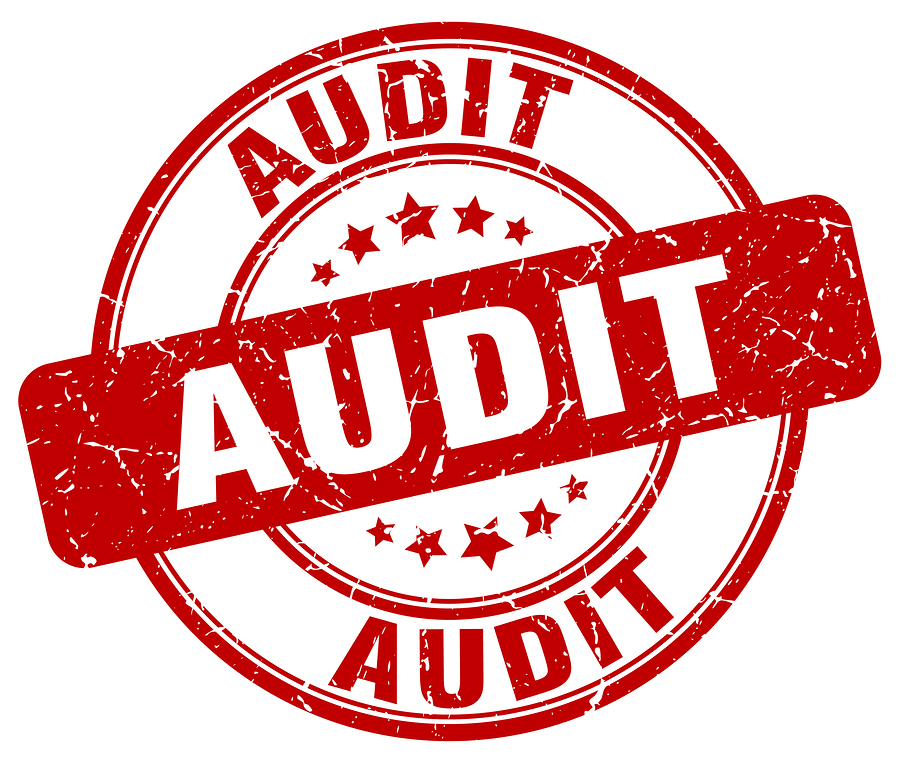A few years back I represented a client who had lost all of his tax records in a flood. He had excellent documentation of the flood, but the IRS didn’t care about that, they still wanted him to back up some items that he had deducted on his tax return from a few years back. They wanted copies of receipts for expenses that he claimed on a tax return that was destroyed in the flood. He filed the receipts with the return, everything was destroyed.
This year, with all the tornado damage across the Midwest, including my own neighborhood, it seems like reconstructing records is an important topic.
First the easy stuff: You can get a copy of your tax return transcript for free from the IRS. If you still live at the same address that was on your last tax return, you can do it online at: https://sa2.www4.irs.gov/irfof-tra/start.do
If your address has changed, you will either need to fill out form 4506T, here’s a link to that: http://www.irs.gov/pub/irs-pdf/f4506t.pdf or call the IRS at 1 800 829-1040.
Not only can you get information about your tax return, but you can also get information from your W2s, 1099s, and 1098 forms if you need it. Note: the IRS W2 information does not include your state tax withholding, this is really a problem if you’re having a state tax issue, but at least you’ll have a list of your employers and you can contact them if you need that.
So that gets you the information that the IRS already has about you in the first place, but how can you reconstruct documentation when all of your files have been destroyed? One thing in your favor, although the IRS requires actual receipts during an audit, if you’ve been the victim of a flood or tornado or some event where your documentation is lost, they will allow you to prove you expenses some other way. But don’t just walk into an audit and say, “My files were destroyed you’ll just have to take my word for it.” We’re talking about the IRS, they don’t take your word for nothing. You’ll have to show them that you put some effort to recreating your expenses and it had better look plausible. So what should we look at?
- Bank Statements: this is really easy if you have a business account and you run all your business expenses through that one account. Even if you’re running your business expenses through your personal account, it still provides you with proof of payment. Most banks let you access your statements on-line for free. Some banks still charge a fee for old statements but they should at least be able to access them for up to three years back.
- Credit card statements: Once again, you can often get these online for free.
Bank statements and credit card statements are your two biggest and best sources of expense documentation, not just for business expenses, but also for proving your charitable donations which is another expense item that’s often looked at.
After you’ve proven your expenses, you may need to recreate your mileage log. That can be tough, but once again, if you don’t try you’ll lose the entire deduction.
- If you still have your appointment calendar, start from day one and figure out where you’ve been and Mapquest everything. (I’ve done this with folks who hadn’t really lost their data, they never had a mileage log in the first place. Technically you’re supposed maintain it on a daily basis, or at least at the end of each week.)
- If you’ve lost everything though, you probably don’t have your appointment calendar to work with. You can check with your oil change company. They keep records of your mileage at each oil change. This will at least give you a baseline to work with. (Hint: if your oil changes show you put 12,000 miles on the car don’t try to claim that you drove 20,000 miles for business.)
- Once, for a client that had lost her mileage log, I was able to show the IRS that she routinely went to a certain store once a week for her supplies. She had driven on some business trips to various cities and we could prove that from her credit card statements as she had made charges in Nashville, Indianapolis, and some other cities. I used those charges to vouch for her mileage there. Although I didn’t have a “perfect” log book, by pulling together that information, the IRS auditor allowed the entire mileage claim because it was reasonable for what the taxpayer was doing.
- If you are in the same line of work, you can take a 90 day sample of your daily business mileage and use that as a sample of what you normally do throughout the year. The problem here being that you might not have the luxury of 90 days to pull a sample together. If you have nothing else to work with, I would at least do a sample log for as long as you can—something is better than nothing.
The most far- fetched proof I ever provided to the IRS was for a client who was adamant that an expense that the IRS had disallowed was legitimate. We couldn’t find a record of it in the bank statement, and it wasn’t something that would go on a credit card. It was a very normal and logical expense for the business but I just couldn’t prove it. (The company refused to provide my client with a new receipt because they were upset because she fired them. Oopsie.) Anyway, I pulled up the company’s web site and they advertised their prices on line. I had printed out the website price list and the agent allowed the expense. I don’t believe that would work under most situations, but once again, if you have nothing else to use it can’t hurt.
As you can see, reconstructing expenses for a tax audit is not fun. (Okay, let’s be real, audits in general aren’t fun but they’re definitely easier if you have all your ducks in a row.) Now might be a real good time to think about how you’re storing your important data. Are you backing up to the “cloud”? Maybe you copy your annual records to a jump drive and store that in your safe deposit box? Or perhaps you have a fireproof box that you keep your records in? It’s a good idea to plan ahead, just in case there is an emergency.


 The deadline is coming up, you’ve done your tax return and you’ve got a balance due. Problem is: you don’t have the cash to pay. What can you do?
The deadline is coming up, you’ve done your tax return and you’ve got a balance due. Problem is: you don’t have the cash to pay. What can you do? Many people need a copy of their federal income tax return in order to get a mortgage or file for financial aid. You can order a copy of your return from the IRS for $57, but most people can get everything they need with a tax return transcript.
Many people need a copy of their federal income tax return in order to get a mortgage or file for financial aid. You can order a copy of your return from the IRS for $57, but most people can get everything they need with a tax return transcript.